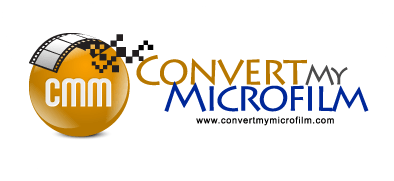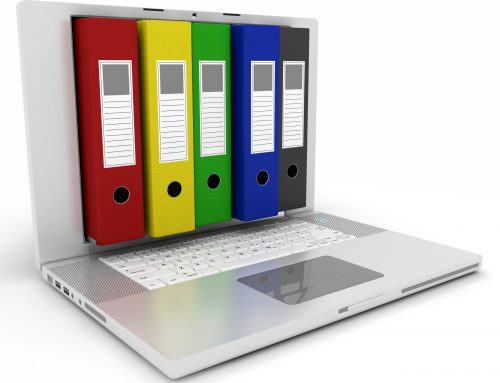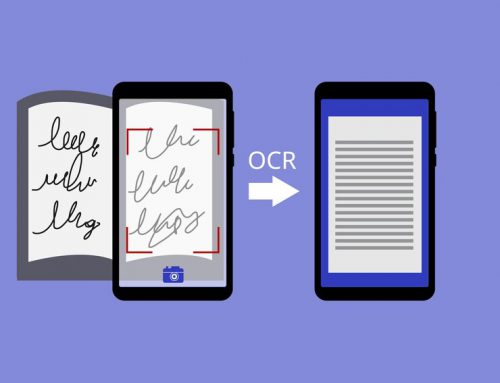There will always be a need for human resources papers, whether you’re a little business or a multinational conglomerate, and these files must be easily accessible from anywhere, including remote locations. However, as more and more firms adopt virtual or mixed office models, they are discovering that traditional methods of document archiving aren’t suitable for the post-pandemic world. The timescale for converting your paper documents to digital format has shifted from “eventually” to “today,” and even industries that have been slow to adopt new technologies are beginning to see the light. Companies are well aware of the importance of archiving scanned versions of documents, but how else can this practice enhance productivity, and where should one even start?
What’s the Importance of HR Files?
Human Resources is responsible for overseeing the organization’s workforce in addition to performing a wide range of other functions. Guidelines and structures are developed through HR’s cooperation with other departments such as finance, sales, accounting, etc. Together with the legal team, they ensure protocol is followed and participate in conflict resolution. Moreover, they collaborate with upper management on matters of company guidelines, legislation, expertise, and training.
Human Resources is responsible for managing a company’s compliance issues in addition to its internal needs and demands. Employee records are needed for audits, controls, retention, and other purposes. Human resources records will need to be digitized in the future, and it’s necessary to know why this is so critical. It is essential to scan and digitize documents to easily access all new and old employee files.
The Need for an Agile Document Management System
The first step in making the switch is choosing to eliminate paper. You can convert paper documents into digital ones, but it will only solve part of the problem. Aside from eliminating the need for physical filing cabinets, using digital data also helps HR save time and energy. Everyone will notice and appreciate this change. As an added benefit, digital documents can be made available to all remote workers. Plus, adaptability and portability like this are crucial in the modern era. To the same extent, though, an efficient method of organizing these documents is crucial. Human resource regulations can be met, and information can be easily accessed by executives, managers, and supervisors when digital documents are uploaded to an EDMS or Agile Document Management System.
How Scanning and Digitization of HR Files Will Help You?
While it’s likely that all businesses will eventually scan and digitize documents, we must stress the significance of digitizing old and new records. In the case of human resources records, this can be especially significant because nearly all of the information contained in a file, such as an employee’s file, is pertinent and may prove to be crucial. Access to these records is crucial, whether they pertain to a current worker or a former one. The following are some arguments in favor of digitizing HR records.
-
Makes Data Sharing and Accessing Easier
Human resources paperwork is necessary, regardless of whether you are in the office or working remotely. With professional scanning services, you can quickly retrieve documents when you need them, and many users from different locations (at home or in the office) can view the same file simultaneously. Having an HR software solution may help you keep track of who has viewed what and when, which is very helpful when sharing papers with remote colleagues or colleagues from other departments to protect your documents from accidental deletion, modification, or alteration.
You can also improve the security of employees’ personal information since electronic HR scanning systems allow for better monitoring of who has accessed which files and when. You may rest assured that your papers are secure due to the ability to set and audit restrictions on access based on the sensitivity of the information contained inside them.
-
Allow More Efficient Use of Time
A rising company’s human resources department is generally understaffed, with only a handful of executives tending to the demands of a large and diverse workforce. Human resource managers typically make do with bare minimums. According to a recent poll of businesses with 50 or more employees, 41% of HR professionals spend at least 10 minutes each day looking for HR paper documentation. The human resources team may save a lot of time and work when documents are made available in a well-organized system.
-
Fast and Simple Integration
Let’s say you’re looking for a way to quickly grasp how many workers are lacking a required file. It would be wasteful and time-consuming to perform this task manually, especially on physical paper. You might use a document management solution that works with other programs to share your files between them. You can now provide more insights that can help your business in a matter of minutes.
Integrating your HR system with an employee’s 201 files will ensure that the data in both systems is consistent. This kind of cooperation demonstrates the system’s adaptability and readiness for various kinds of possible integration. Integration with a system helps the business save time and money. It will make switching to a document management application less of a hassle.
-
Get Control Over Document Flow
Commonly, businesses will have documents stashed in various offices all around the world. The constant movement of paper files poses a serious challenge to managing and keeping tabs on data transmissions. It is much simpler to manage dispersed resources if we scan and digitize documents into digital files that may then be stored in the cloud or on a server. The first issue is overcome when HR professionals clearly know where everything is. After that, labels or an indexing system are created. As a result, it significantly reduces the amount of time needed to locate a certain file inside the massive centralized data repository. DMS, or document management systems, are being implemented by businesses as a solution to this problem. With DMS, it’s simple to search for and send documents electronically between offices, no matter their location or the time of day.
-
Better Security
Employee records are a resource that people frequently request from different departments. Human resources departments often provide this information to outside parties such as auditors, government agencies, legal counsel, etc. Then how does HR keep tabs on the paper trails left behind by all these duplicates? Security breaches are typical when HR loses control of where employee records are sent after being shared with other parties. The loss of private personnel information or financial data due to a data breach can be devastating to a company. The modern digital vault needs to be protected by stringent cybersecurity measures (firewalls, VPNs, access protocols, etc.). Invest in a powerful content management system for complete command over these documents.
-
Complying with Policies
Retention periods vary depending on the nature of the file. Other records may have a different event that triggers their expiration than an employee’s termination. Documents stored on paper often sit around long after their required deletion date has passed. At the same time, information about former employees is sent to the store, wasting time and money. With HR processes digitized, tracking down who left and why is simple. A computer is set up in advance to automatically mark obsolete files for deletion.
-
Comprehensive Data
If your company still uses paper files to keep track of employees, you may have a hard time knowing if they are up to date and complete. It’s bad for business if a member of staff removes an important document from a file and fails to return it. During an audit, you can find yourself in an awkward position. Loss of evidence in the event of a lawsuit is disastrous, and the situation becomes much direr if documents are misplaced. All old and new data can be accessed at any time in a centralized document management system.
Have a Project in Your Mind? Contact Us Now!
If you are prepared to make the transition from paper to digital, your entire business will undergo significant change. Greater profit and more efficient use of time are guaranteed. It’s a certain way to boost overall efficiency in the office. Now you must choose a service to facilitate your transition to a paperless office environment. Contact us immediately for an unrivaled price quote on any of your projects.
Our Services
Here at Convert My Microfilm, we pride ourselves on providing exceptional professional scanning services so that our clients can transform their old documents into high-quality digital copies. Consultation with the client is the first step in our procedure. After we have a firm grasp of their needs, we employ state-of-the-art scanning technology to capture their papers while keeping a close eye on quality control. To top it all off, we apply picture-enhancing software to generate a flawless digital replica without harming your original hard copies in the process. You may save it, read it later, and change it as often as you like.
Takeaway…
Moving HR records online, you can maintain them forever without worrying about losing the originals. In order to make the transition from the current system, which may seem overwhelming, documents can be removed in smaller batches and processed. If you’re looking for professional scanning services to assist you in making the switch, Convert My Microfilm is a great option. You can contact us right now for a no-cost estimate.






Leave A Comment